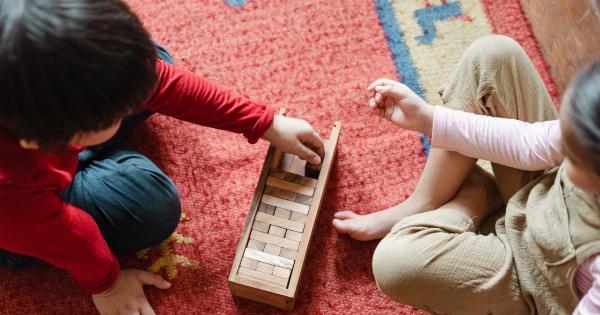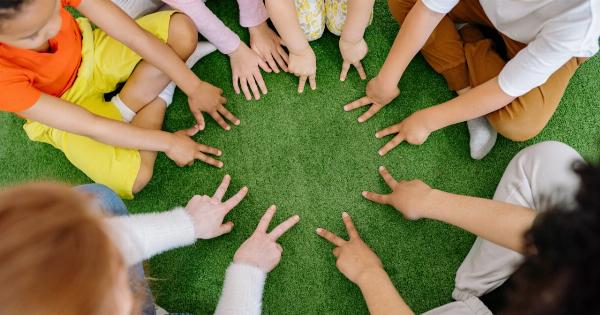Bullying is a worldwide problem that affects everyone, regardless of age, gender or social status. However, it has been observed that bullying commonly occurs in elementary schools, where children are still in their formative years.
According to the National Center For Education Statistics, 20% of elementary school students experience bullying.
The Definition of Bullying and Its Types
Bullying is a form of aggressive behavior that is intended to harm or intimidate someone who is perceived as weaker or vulnerable. It includes repeated actions of physical aggression, verbal abuse, threats, social exclusion, and cyberbullying.
There are various types of bullying, including:.
- Verbal bullying – using words to insult, humiliate or hurt someone
- Physical bullying – using violence or threatening physical harm
- Relational or social bullying – damaging someone’s reputation or relationships with others
- Cyberbullying – using the internet or technology to harass, intimidate or embarrass someone
The Causes of Bullying in Elementary School
Bullying is a complex issue that has multiple contributing factors. Here are some of the common causes of bullying in elementary school:.
Home Environment
The family is a child’s first social environment. Kids who experience neglect, abuse or violence at home are more likely to engage in bullying behavior.
Also, if a child comes from a family where aggression and conflict resolution are modeled negatively, they are more likely to adopt this behavior.
Peer Pressure and Social Status
Children often feel that they need to prove themselves to their peers. Those who lack social skills, confidence or appear to be different are more likely to be victims of bullying.
Children who are bullies usually have a group of friends that support their behavior, which makes it socially acceptable in their eyes.
Lack of Empathy and Self-Control
Bullying frequently stems from a lack of emotional regulation and empathy. Children who are unable to manage their emotions may easily resort to aggressive behavior.
It may be because they lack the capacity to empathize with others, lack the skills to understand and manage their feelings, or may have experienced abuse or neglect that impacts their emotional development.
Cultural and Societal Factors
In some cultures, bullying is viewed as an acceptable way to assert dominance or strengthen a child’s character.
Children in these cultures may also face more pressure to succeed academically or in sports, which can fuel competitive behavior and lead to bullying.
The Impact of Bullying in Elementary School
Bullying has serious negative consequences for both the victim and the bully. Here are some of the impacts of bullying:.
Victims of Bullying
- Low self-esteem and depression
- Social isolation and anxiety
- Poor academic performance
- Physical symptoms such as headaches, stomach aches, and difficulty sleeping
- Increased risk of substance abuse and self-harm
Bullies
- Increased aggression and violence in adulthood
- Substance abuse and criminal behavior
- Difficulty maintaining positive relationships
- Increased risk of suicide
Prevention and Intervention Strategies for Bullying in Elementary School
Bullying prevention and intervention strategies should involve a multi-layered, comprehensive approach that involves all stakeholders – parents, teachers, administrators, and students. Here are some effective strategies:.
Creating a Positive School Climate
Elementary schools should create a warm, welcoming and inclusive environment that prioritizes student safety, respect, and responsibility.
This entails creating policies and programs that foster positive relationships and emphasize character building, mindfulness, and empathy.
Training Teachers and Staff
Teachers and staff members should be trained to recognize the signs of bullying and have the skills and knowledge to intervene and support victims and bullies alike.
They can use positive discipline techniques, such as restorative justice, which involves holding bullies accountable for their actions while still prioritizing their rehabilitation and support.
Encouraging Parental Involvement
Parents should be encouraged to take an active role in their children’s education and be alert to signs of bullying behavior.
They can support their children by teaching them how to communicate assertively, manage their emotions and build healthy relationships.
Conclusion
Bullying in elementary school is a serious issue with far-reaching effects on children’s emotional, social, and academic development.
Effective prevention and intervention require a comprehensive approach that involves all stakeholders, creating a positive school climate, training teachers and staff, encouraging parental involvement, and teaching students social-emotional and conflict resolution skills.






























